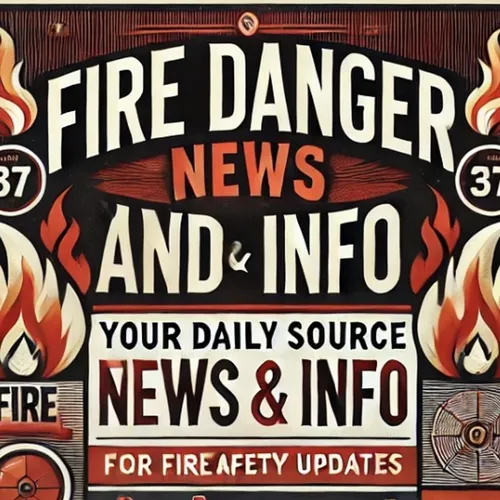Groundbreaking USGS Wildfire Science Paves the Way for Resilient Landscapes and Communities
- Author
- Quiet. Please
- Published
- Wed 12 Feb 2025
- Episode Link
- https://www.spreaker.com/episode/groundbreaking-usgs-wildfire-science-paves-the-way-for-resilient-landscapes-and-communities--64348364
In recent years, the menace of wildfires has intensified across the western United States, posing significant threats to ecosystems, property, and human lives. In response, the field of fire science has become a pivotal tool in understanding and mitigating the impact of these devastating events. The U.S. Geological Survey (USGS) is at the forefront of this effort, leveraging science to make a tangible difference in wildfire management and prevention.
USGS's approach to wildland fire science encompasses a comprehensive study of fire behavior, ecology, and the effects of climate change. By employing advanced technologies such as satellite imagery, remote sensing, and GIS (Geographic Information Systems), USGS researchers can predict fire paths, assess risks, and devise strategies to protect vulnerable landscapes and communities.
Satellite data provide a bird's-eye view of wildfires as they unfold, allowing scientists to map the progression of fires in real time. This information is crucial for fire managers to allocate resources efficiently and to prioritize areas for evacuation or suppression efforts. Furthermore, remote sensing enables the monitoring of vegetation health and moisture levels, key indicators of fire susceptibility, thereby informing preventative measures.
USGS scientists are also focused on the ecological impacts of wildfires. Fire plays a natural role in many ecosystems, promoting plant regeneration and maintaining biodiversity. However, the increasing frequency and intensity of fires, fueled by climate change and human activities, are disrupting these natural cycles. By studying post-fire landscapes, USGS is able to recommend effective rehabilitation practices and better understand the ecological dynamics of fire-prone regions.
Climate change is a critical factor exacerbating wildfire risks. Rising temperatures, prolonged droughts, and changing precipitation patterns create an environment ripe for wildfires. USGS is dedicated to examining how these climatic shifts influence fire regimes and is exploring adaptive management practices that can help communities and ecosystems become more resilient to fire threats.
For those interested in delving deeper into these efforts, the USGS Wildland Fire Science webpage offers a wealth of information. It showcases how science is not only enhancing our understanding of wildfires but also actively contributing to strategies that mitigate their impact and foster recovery.
In conclusion, as wildfires continue to challenge the western U.S., the role of USGS fire science remains critical. Through the use of cutting-edge technology and in-depth ecological research, USGS is helping to steer the fight against wildfires, safeguarding both natural landscapes and human communities from their destructive potential.
